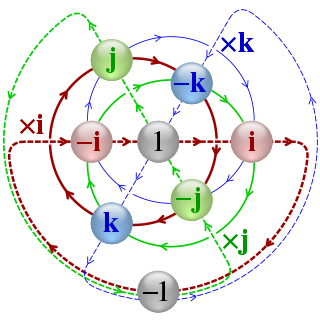Pyramid vector quantization (PVQ) is a method used in audio and video codecs to quantize and transmit unit vectors, i.e. vectors whose magnitudes are known to the decoder but whose directions are unknown. PVQ may also be used as part of a gain/shape quantization scheme, whereby the magnitude and direction of a vector are quantized separately from each other. PVQ was initially described in 1986 in the paper "A Pyramid Vector Quantizer" by Thomas R. Fischer. [1]
Contents
![Improving uniformity of PVQ point distribution by
w
{\displaystyle w}
or
1
/
w
{\displaystyle 1/w}
coordinate-wise power
p
i
-
sgn
[?]
(
p
i
)
(
|
p
i
|
)
w
{\displaystyle p_{i}\to \operatorname {sgn}(p_{i})(|p_{i}|)^{w}}
of the vector before projection. Diagram presents constellations for
N
=
3
{\displaystyle N=3}
dimensions and written
K
=
11
,
16
,
23
,
32
{\displaystyle K=11,16,23,32}
L1-norm. PVQ power projection.png](http://upload.wikimedia.org/wikipedia/commons/thumb/2/24/PVQ_power_projection.png/400px-PVQ_power_projection.png)
One caveat of PVQ is that it operates under the taxicab distance (L1-norm). Conversion to/from the more familiar Euclidean distance (L2-norm) is possible via vector projection, though results in a less uniform distribution of quantization points (the poles of the Euclidean n-sphere become denser than non-poles). [3] No efficient algorithm for the ideal (i.e., uniform) vector quantization of the Euclidean n-sphere is known as of 2010. [4] This non-uniformity can be reduced by applying deformation like coordinate-wise power before projection, reducing mean-squared quantization error by ~10%. [2]
PVQ is used in the CELT audio codec (now Opus) and the Daala video codec.



























